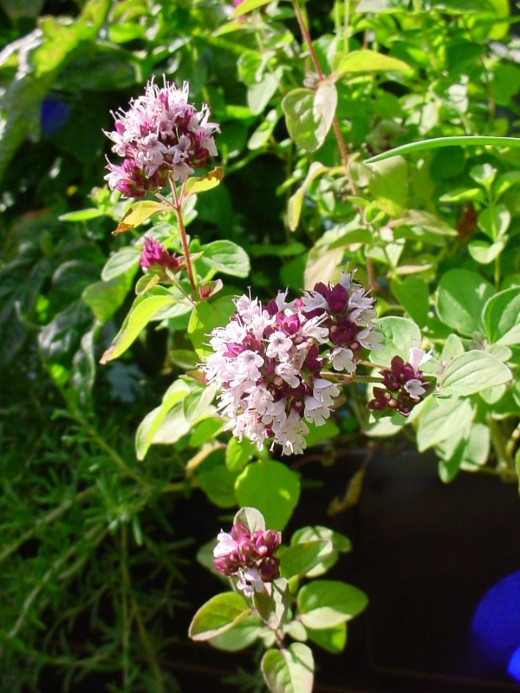How To Dry Herbs
Herbs - Flowering Oregano

A Lesson On How To Dry Herbs
In drying herbs from your garden, do not cut and dry them in the sun. Neither tie them in bunches and hang the bunches up under cover. In the first instance, you dry out the herb's peculiar oil or virtue. By the second method, the leaves discolo by their own dampness, mould, or fermentation.
The right way in drying herbs for your kitchen and possible medicinal use is to gather them as soon as they begin to open their flowers, and to lay them on some netting in a dry shed or room where the air will get at them on all sides. Be sure they are dry and not moist when you cut or pick them, and free them from dirt and decayed leaves. After they are entirely dried out, put them in paper bags upon which you have written the herb and the date of tieing it up. Hang them where the air is dry and there is no chance of their moulding.
Other Interesting Articles About Herbs
Powders Of Savory Herbs
Strip the leaves and stalks, pound, sift out the coarse pieces, put the powder in bottles, and cork tight. Label with exactness every bottle. If, for the convenience of instant use in gravies, soups, etc., you wish a different herbs mixed, pound the leaves together when you make them into powders. Celery seed, dried lemon peel; and other spicy things can thus be combined and ready for the moment's call.
A Nice Video About Drying Herbs
About The Above Video
Drying herbs using this method works well for herbs like basil, mint and tarragon. Herbs that don't have the fleshy body like sage Drying herbs like tarragon can be a bit trickier than fleshy herbs like sage. Tarragon is said to be great for your blood pressure and is a wonderful addition to things like soups and stews. Its also adds wonderful freshness to an early morning omelet. After a rough chop and time to dry, these herbs will hold their color and flavor









